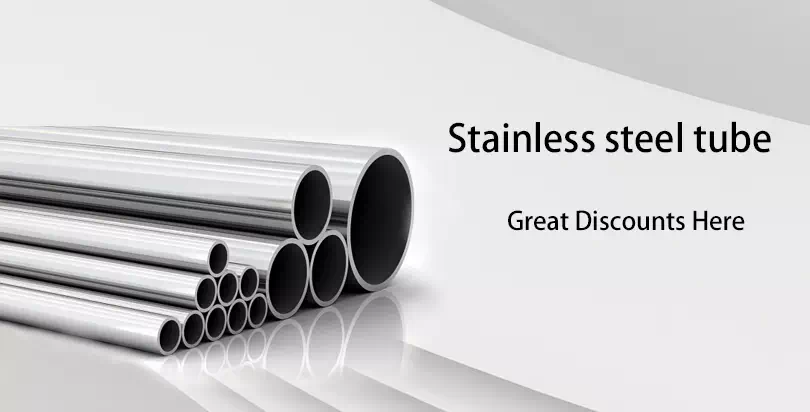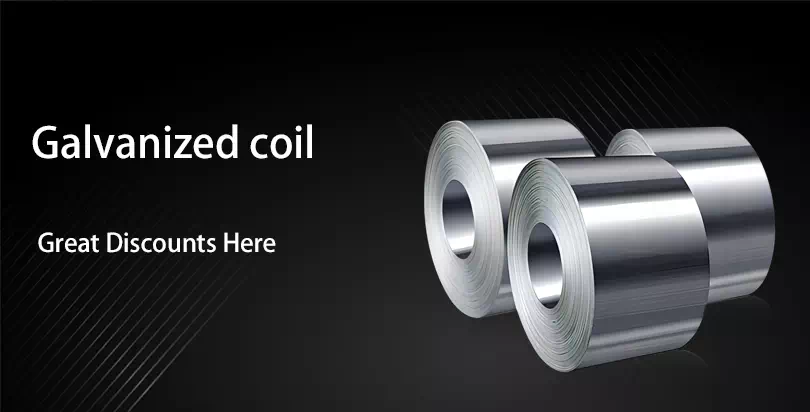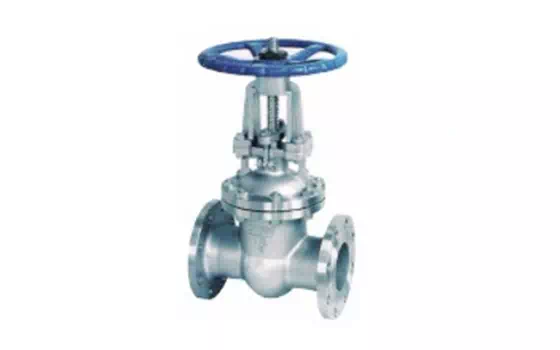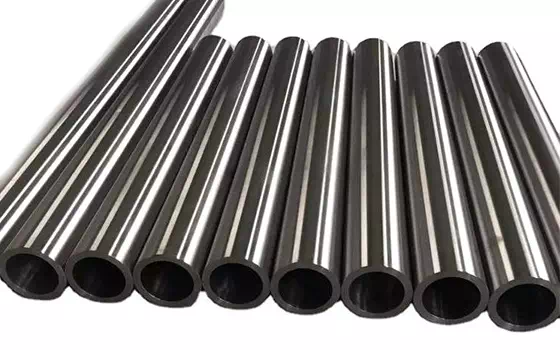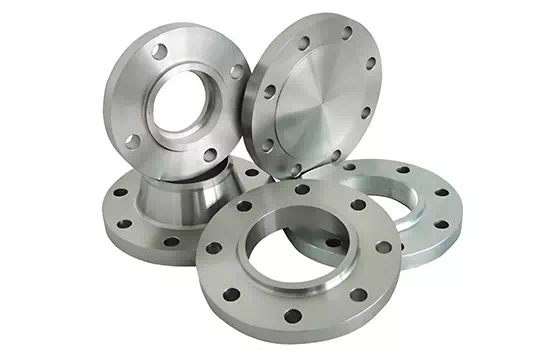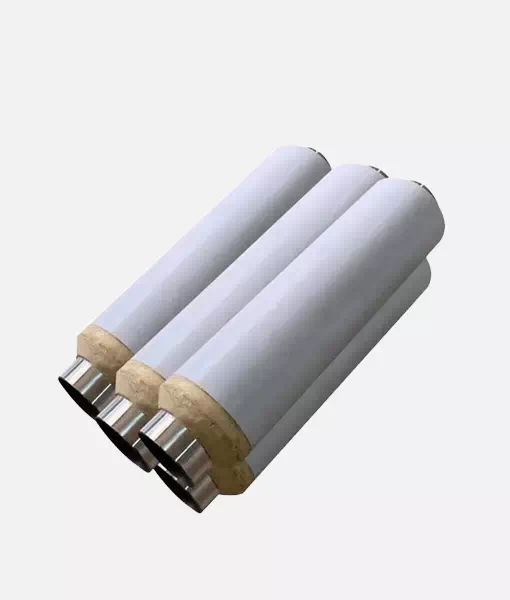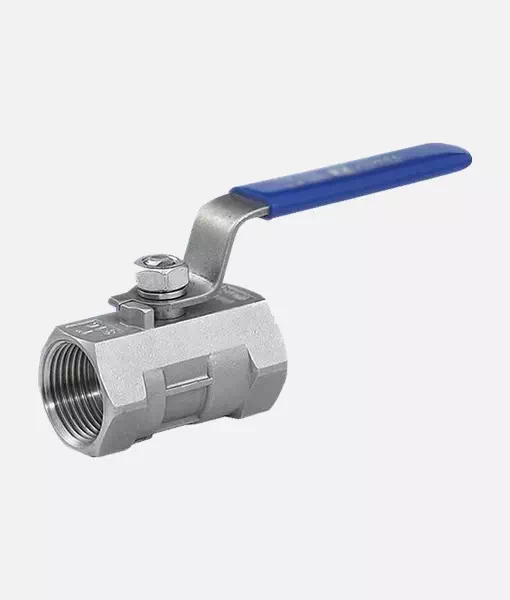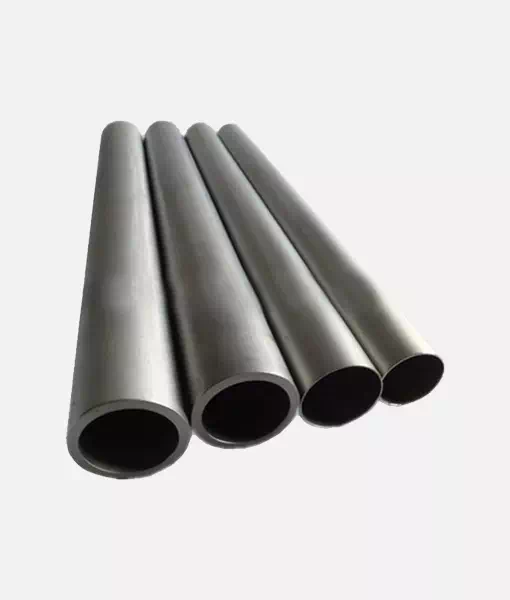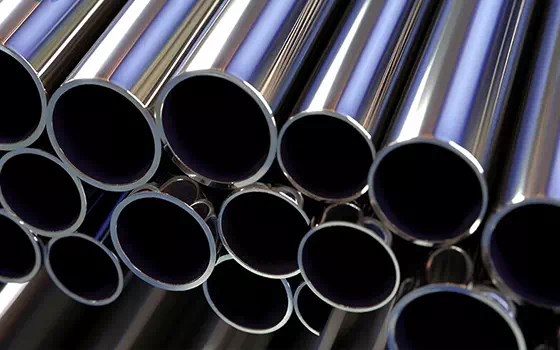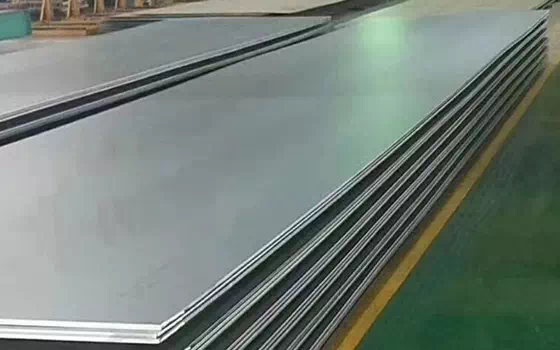1. The concept of steel:
Steel is an alloy of iron, carbon and a small amount of other elements. Steel is made of steel ingots, billets or steel materials that are processed into various shapes, sizes and properties that we need through pressure processing. Steel is an important material necessary for the construction of the country and the realization of the four modernizations. It is widely used and has a wide variety. According to the different cross-sectional shapes, it is generally divided into four categories: profiles, plates, pipes and metal products. In order to facilitate the organization of steel production and ordering Supply and management work is divided into heavy rail, light rail, large section steel, medium section steel, small section steel, cold-formed section steel, high-quality section steel, wire rod, medium-thick steel plate, thin steel plate, electrical silicon steel sheet, strip steel, and Seam steel pipes, welded steel pipes, metal products and other varieties.
Steel is an alloy of iron, carbon and small amounts of other elements. Stainless steel or corrosion-resistant alloy steel with a chromium-gold content of 10.5% or more is the general term for this type of metal. It should be remembered that stainless steel does not mean that this steel will not rust or corrode, but that it is much more resistant to corrosion than chromium-free alloys. In addition to chromium metal, other metal elements such as nickel, molybdenum, vanadium, etc. can also be added to the alloy to change the properties of alloy steel, so as to produce stainless steels of different grades and properties. Due to different application purposes and places, careful selection of the most suitable performance stainless steel knives is essential to improve the efficiency and success probability of a specific job. The advantages of different metal elements in the tool. Simply put: Steel is an alloy of iron and carbon. The other components are to differentiate the properties of the steel. The following lists the important steels in alphabetical order. They contain the following ingredients:
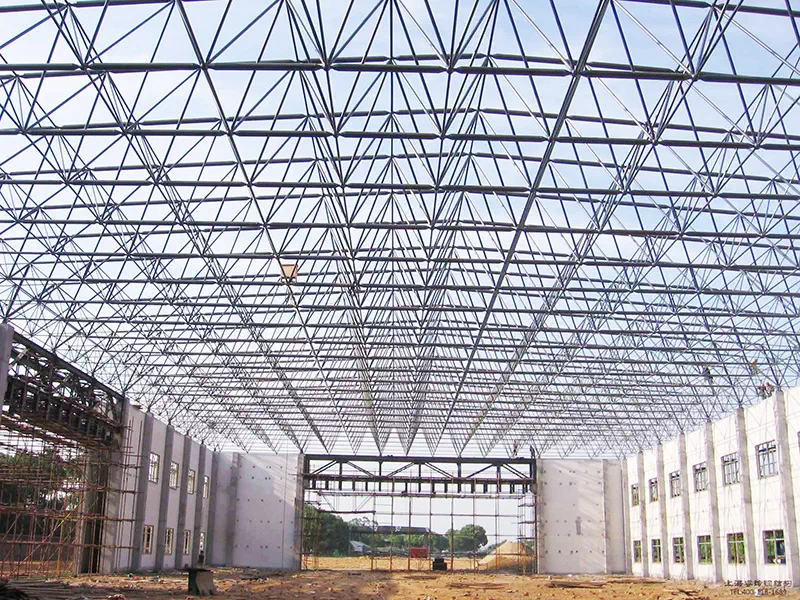
Carbon-exists in all steels and is the most important hardening element. It helps to increase the strength of steel. We usually hope that tool-grade steel has more than 0.5% carbon and becomes high-carbon steel.
Chromium-Increases wear resistance, hardness, and most importantly, corrosion resistance, with more than 13% considered to be stainless steel. Despite its name, all steel will rust if it is not properly maintained.
Manganese (Manganese)-an important element, helps to generate texture structure, increase firmness, strength, and abrasion resistance. Deoxidation of the steel during heat treatment and coil pressing occurs in most of the steel for knife and scissors, except A-2, L-6 and CPM 420V.
Molybdenum (Molybdenum)-a carbonization agent that prevents the steel from becoming brittle and maintains the strength of the steel at high temperatures. It appears in many steels. Air hardening steels (such as A-2, ATS-34) always contain 1% or more Molybdenum, so that they can harden in the air.
Nickle (Nickle)-maintains strength, corrosion resistance, and toughness. Appears in L-6AUS-6 and AUS-8.
Silicon (Silicon)-helps to increase strength. Like manganese, silicon is used to maintain the strength of steel during the production of steel.
Tungsten (Tungsten)-enhanced wear resistance. Tungsten is mixed with appropriate proportions of chromium or manganese to make high-speed steel. A large amount of tungsten is contained in high-speed steel M-2.
Vanadium-Enhance wear resistance and ductility. A carbide of vanadium is used to make striped steel. Vanadium is contained in many kinds of steel, among which M-2, Vascowear, CPM T440V and 420VA contain a large amount of vanadium. The biggest difference between BG-42 and ATS-34 is that the former contains vanadium.
Basic Concepts and Production Methods of Steel
2. Types of steel
The molten steel produced by the steelmaking furnace is cast into steel billets, and the steel ingots or billets are pressure processed into steel products (steel products). There are many types of steel, which can generally be divided into four categories: profile, plate, tube and wire.
1). Section steel
There are many types of section steel, which is a solid long steel with a certain cross-sectional shape and size. According to the different cross-sectional shapes, it can be divided into simple and complex cross-sections. The former includes round steel, square steel, flat steel, hexagonal steel and angle steel; the latter includes rail, I-beam, channel steel, window frame steel and special-shaped steel. Small round steel with a diameter of 6.5 -9.0mm is called wire.
2). Steel plate
It is a flat steel with a large aspect ratio and large surface area. According to the thickness, there are three types of thin plates (thickness <4mm ), medium plates (thickness 4-25mm) and thick plates (thickness> 25mm ). Steel strips are included in the steel plate category.
3). Steel pipes
The steel pipe is a long steel with a hollow section. According to its different cross-sectional shape, it can be divided into round pipe, square pipe, hexagonal pipe and various special-shaped cross-section steel pipes. According to different processing technology, it can be divided into two categories: seamless steel pipe and welded steel pipe.
4). Steel wire
Steel wire is another cold processed product of wire rod. According to different shapes, it can be divided into round steel wire, flat steel wire and triangular steel wire. In addition to direct use, steel wire is also used to produce steel wire ropes, steel threads and other products.
3. The production method of steel
Most of the steel processing is through pressure processing, so that the processed steel (slab, ingot, etc.) produces plastic deformation. According to the different processing temperature of steel, it can be divided into two types: cold processing and hot processing. The main processing methods of steel are:
Rolling: A pressure processing method in which a metal blank is passed through a pair of rotating rolls (various shapes). Due to the compression of the rolls, the cross-section of the material is reduced and the length is increased. This is the most commonly used production method for producing steel. Production of profiles, plates and pipes. It is divided into cold rolling and hot rolling.
Forging: A pressure processing method that uses the reciprocating impact force of a forging hammer or the pressure of a press to change the blank into the shape and size we need. Generally divided into free forging and die forging, it is often used for the production of large materials, billets and other materials with larger cross-sectional dimensions.
Pulling: It is the processing method of drawing rolled metal blanks (forms, tubes, products, etc.) through a die hole to reduce the cross section and increase the length. Most of them are used for cold working.
Extrusion: It is a processing method in which metal is placed in a closed extruder, one end is applied pressure, and the metal is extruded from a prescribed die hole to obtain a finished product with the same shape and size. It is mostly used to produce non-ferrous metal materials.
Classification of steel
Wire: Ordinary wire, high wire, rebar
Profile: I-beam, channel steel, angle steel, square steel, heavy rail, high-tech steel, H-beam, round steel, unequal angle steel, flat steel, light rail, gear steel
Hexagonal steel Heat-resistant steel rod Combined round steel Combined round steel Square tube Carbon steel bearing steel Carbon knotted round steel Stainless round steel Bearing round steel Rectangular tube Spring steel
Plate: Medium and heavy plate, container plate, medium plate, carbon-bonded plate, boiler plate, low-alloy plate, checkered plate, cold plate, hot plate, cold rolled plate, hot rolled plate, galvanized plate, electrogalvanized plate, electrogalvanized coil, manganese plate, stainless steel plate, silicon steel plate, color coated plate, color steel corrugated Hot-rolled steel strip
Pipe: Welded pipe, stainless steel pipe, hot-dip galvanized pipe, cold-dip galvanized pipe, seamless pipe, spiral pipe, hot-rolled seamless pipe
Metal materials: pig iron, tinplate, aluminum, lead, brass, tin, zinc
According to the shape, steel can be divided into four categories: profiles, plates, pipes, and metal products.


